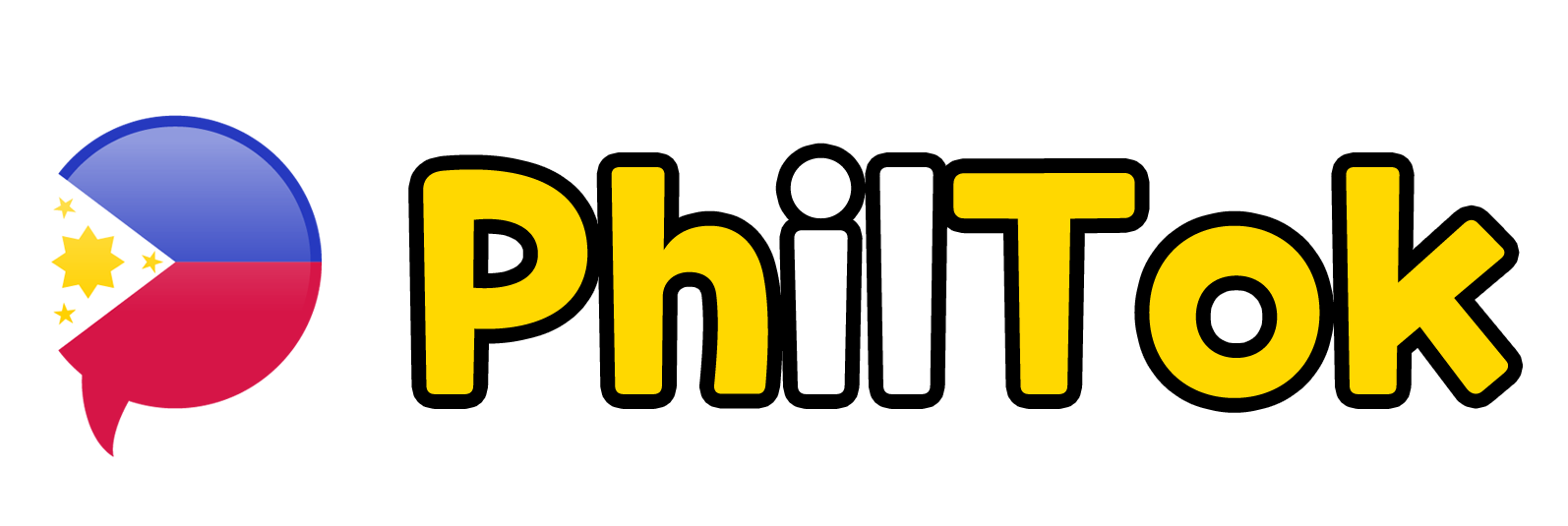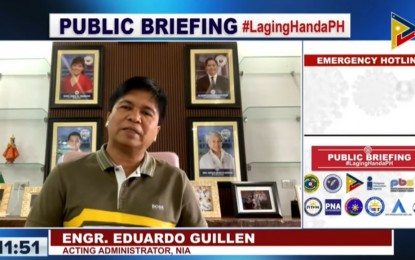[6.12] '마사가나' 프로그램에 따라 농부들을 지원할 준비가 된 정부 기관
컨텐츠 정보
- 21,021 조회
본문
MANILA – 국가 관개 관리국(NIA)은 4개의 정부 기관이 "Ferdinand R. Marcos Jr." 대통령의 Masagana 쌀 산업 개발 프로그램에 따라 농부들을 지원하기 위해 협력할 것이라고 말했습니다.
월요일 Laging Handa 브리핑에서 NIA 행정관 대행 "Eduardo Guillen"은 이 프로그램이 공공사업도로부(DPWH), 농무부(DA), 노동고용부(DOLE) 및 사회복지개발부(DSWD).
"Guillen"은 Masagana 쌀 프로그램의 목표가 필리핀 농민들이 기후 변화에 적응하도록 돕고 그들의 농장이 혹독한 기상 조건에 보다 탄력적으로 대처할 수 있도록 하는 것이라고 말했습니다.
이 파트너십에서 그는 DPWH의 책임 중 하나가 작은 물 저장 프로젝트를 관개 시설에 연결하여 물 관리를 용이하게 하는 것이라고 말했습니다.
"(the) NIA 측에서 우리의 제안은 생산을 재배치하는 것입니다. 예를 들어 건기에는 교잡종의 수확량이 높은 것으로 알고 있으므로 건기에는 교배종 생산을 지도합니다. 그런 다음 우기에는 물을 방류해야 한다는 것을 알게 될 것입니다…
그는 이 프로그램이 각 지방자치단체의 모든 관개업자 협회를 모아 마을당 하나의 협동 관개 시설을 갖추는 것을 목표로 한다고 말했다.
"그래서 우리는 규모의 생산의 경제를 가질 수 있고 그들에게 올바른 원조나 서비스 또는 농장 투입물을 쉽게 전달할 수 있습니다."라고 그는 덧붙였습니다.
한편 Guillen은 2028년까지 최소 97%의 쌀 자급률 목표를 달성할 수 있을 것이라고 낙관하고 있습니다.
“우리는 농부들에게 올바른 지원이나 정보를 제공할 수 있습니다. 잡종 벼의 경우와 마찬가지로 우리는 농부들이 때때로 투입 비용이 비싸고 더 많은 물과 더 많은 비료가 필요하기 때문에 잡종 벼를 심도록 설득할 수 없다는 것을 알고 있습니다.”라고 그는 말했습니다.
"Guillen"은 국가 쌀 프로그램에 따라 종자와 비료의 지원으로 정부가 농부들이 건기 동안 잡종 재배를 하도록 설득할 수 있을 것이라고 말했습니다. (PNA)
This is the Original Article from PNA NEWS
[6.12] Gov't agencies ready to aid farmers under ‘Masagana’ program
MANILA – The National Irrigation Administration (NIA) said four government agencies will work together to support farmers under the Masagana Rice Industry Development Program of President "Ferdinand R. Marcos Jr."
During the Laging Handa briefing Monday, NIA acting administrator "Eduardo Guillen" said the program is a convergence effort of the Department of Public Works and Highways (DPWH), Department of Agriculture (DA), Department of Labor and Employment (DOLE) and the Department of Social Welfare and Development (DSWD).
"Guillen" said the Masagana rice program targets to help Filipino farmers in climate change adaptation and make their farms more resilient to harsh weather conditions.
In this partnership, he said one of the responsibilities of the DPWH is to facilitate water management by connecting small water-impounding projects to irrigation facilities.
“On the part of (the) NIA, our suggestion is to reposition our production. For example, during the dry season, we know that the yield of the hybrid is high, so we will teach hybrid production in the dry season. And then in the wet season, we will see, we should release water…So those are the systems,” "Guillen" said.
He said the program aims to have one irrigation cooperative per town by clustering all irrigator associations in each municipality.
“So that we can have economies of scale production and to easily deliver the right aid or service or farm inputs to them,” he added.
Meanwhile, Guillen is optimistic that the government’s target of at least 97 percent rice self-sufficiency is achievable by 2028.
“We can provide the right assistance or inputs to our farmers. Like in the case of hybrid rice, we know that our farmers can't be convinced to plant hybrid rice sometimes because the input is expensive, it needs more water and more fertilizer,” he said.
"Guillen" said that with the assistance of seeds and fertilizers under the National Rice Program, the government will be able to convince farmers to do hybrid planting during the dry season. (PNA)
관련자료
-
이전
-
다음


